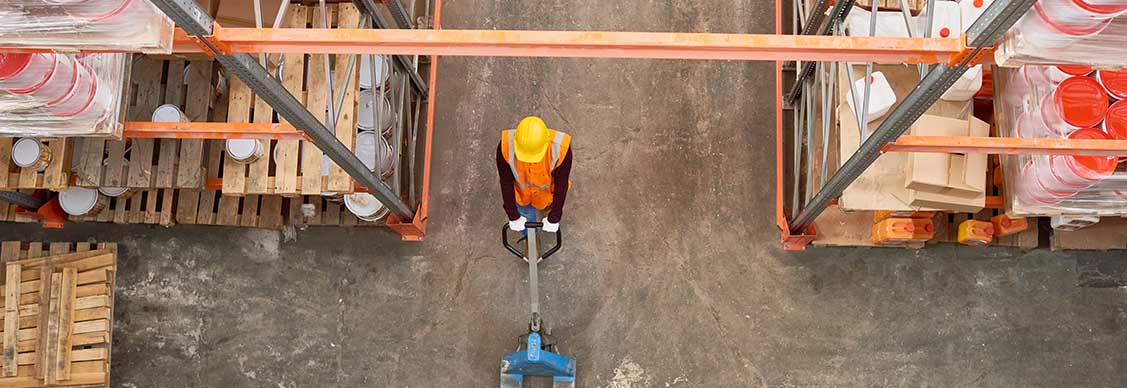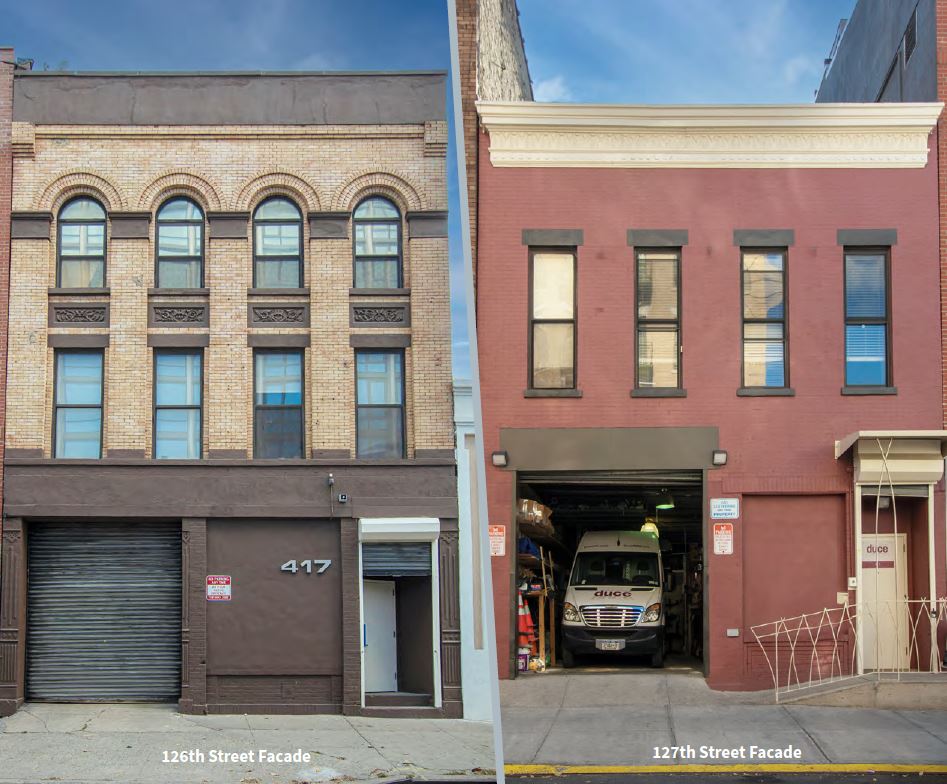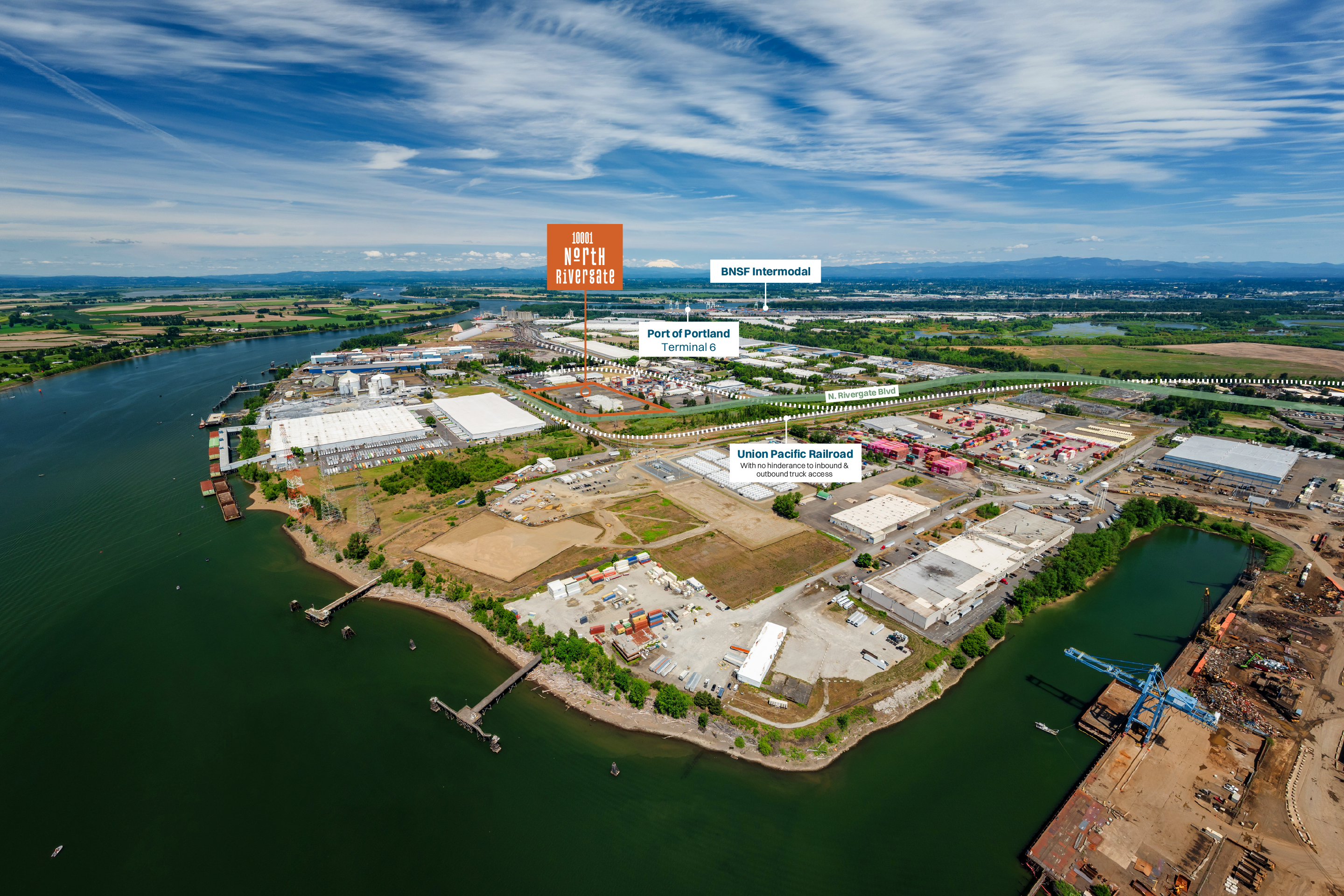What big industrial deals mean for CRE
Experts say Prologis’ acquisition of Duke Realty signifies a strong future in the booming industry
When the world’s largest warehouse operator acquired a rival REIT for $26 billion, a sense of clarity came over the industrial market. In a market recently entangled in uncertainty due to rising interest rates and slowing e-commerce activity, Prologis’ acquisition of Duke Realty is a striking vote of confidence in the resilience and growth of the industrial sector.
“Executing transactions of this magnitude tells us one thing: There is a lot more runway ahead,” says John Huguenard, co-leader of JLL’s U.S. Industrial Capital Markets Group.
And Prologis isn’t alone among industry players making big moves to expand their industrial footprint.
Blackstone recently purchased PS Business Parks in a $7.6 billion transaction. Earlier this year, Industrial Logistics Properties Trust bought Monmouth Real Estate Investment Corp. in a deal valued at about $4 billion.
What the numbers say
The competitive industrial environment continues to place upward pressure on rents – closely mirroring Q1 numbers.
Looking for more insights? Never miss an update.
The latest news, insights and opportunities from global commercial real estate markets straight to your inbox.
JLL’s Q1 Industrial Statistics showed that demand remained strong across the country as occupiers leased more than 139,883,250 million square feet in Q1. As a result, the U.S. vacancy rate remains at a record low of under 3.4%, and the average asking rent continues to climb to$7.62 p.s.f.
Craig Meyer, JLL’s Americas Industrial Brokerage president, says activity for leasing agents is expected to remain strong through the end of the year.
“We’re seeing no hard data indicating any change,” he adds. “But there’s anticipation that there is going to be some form of correction.”
From great to really good
When an e-commerce giant announced plans earlier this year to sublet or renegotiate the leases on about 30 million square feet of mid-market warehouse space, skepticism emerged about whether it was an early sign of an economic downturn.
Investment Opportunities
Meyer, though, chalks it up to regular activity one would see in a normal market.
“People forget that we have been in an abnormal market for the past three years with COVID where the race for space was incredible,” he says. “You have to look at that as being an anomaly when you look at the long run.”
While growth has slowed down some since during the pandemic – when mass adoption of online shopping pushed projected growth timelines – Meyer says the industry remains in a positive position.
“We’re definitely paying attention to the telltale signs of an economic downturn such as inflation and whether consumer habits are changing,” he says. “But right now, we’re not seeing any significant impact to market activity. We have been in remarkably phenomenal leasing conditions for two to three years. So, if it backs off, it’s less great, but it’s still great.”
Contact Craig Meyer
President, Americas Industrial, JLLWhat’s your investment ambition?
Uncover opportunities and capital sources all over the world and discover how we can help you achieve your investment goals.




